 August 3, 1977: The first affordable, mass-market personal computer makes its debut… and, contrary to what you might think, it’s not the Apple II.
August 3, 1977: The first affordable, mass-market personal computer makes its debut… and, contrary to what you might think, it’s not the Apple II.
Although Tandy’s TRS-80 arrived the year after the Apple I and a few months after the Apple II, it proved to be the first “Apple killer” on the market: pre-dating later rivals like IBM as Apple’s first big tech industry opponent. And, for the longest time, it seemed to be on course to win…
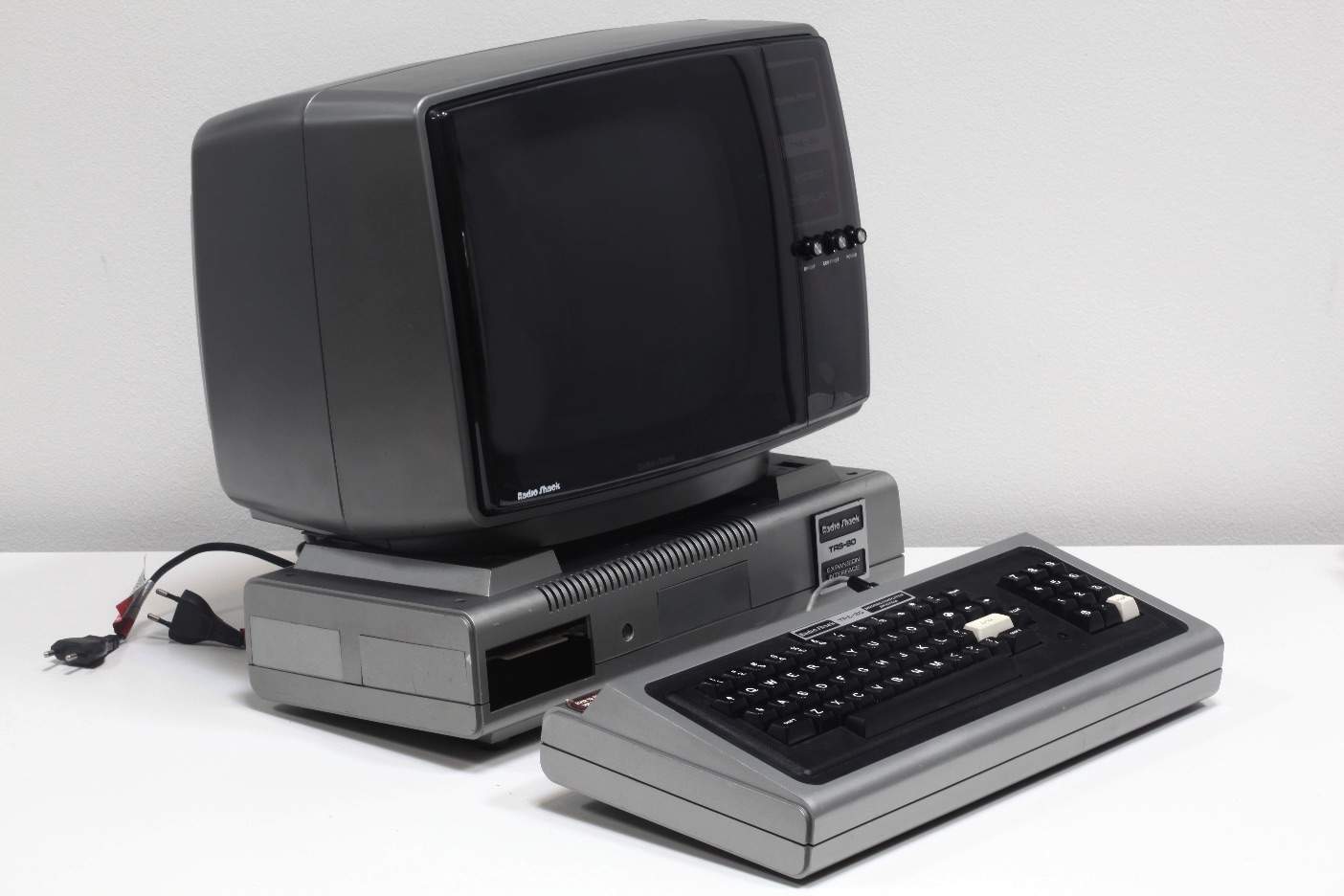
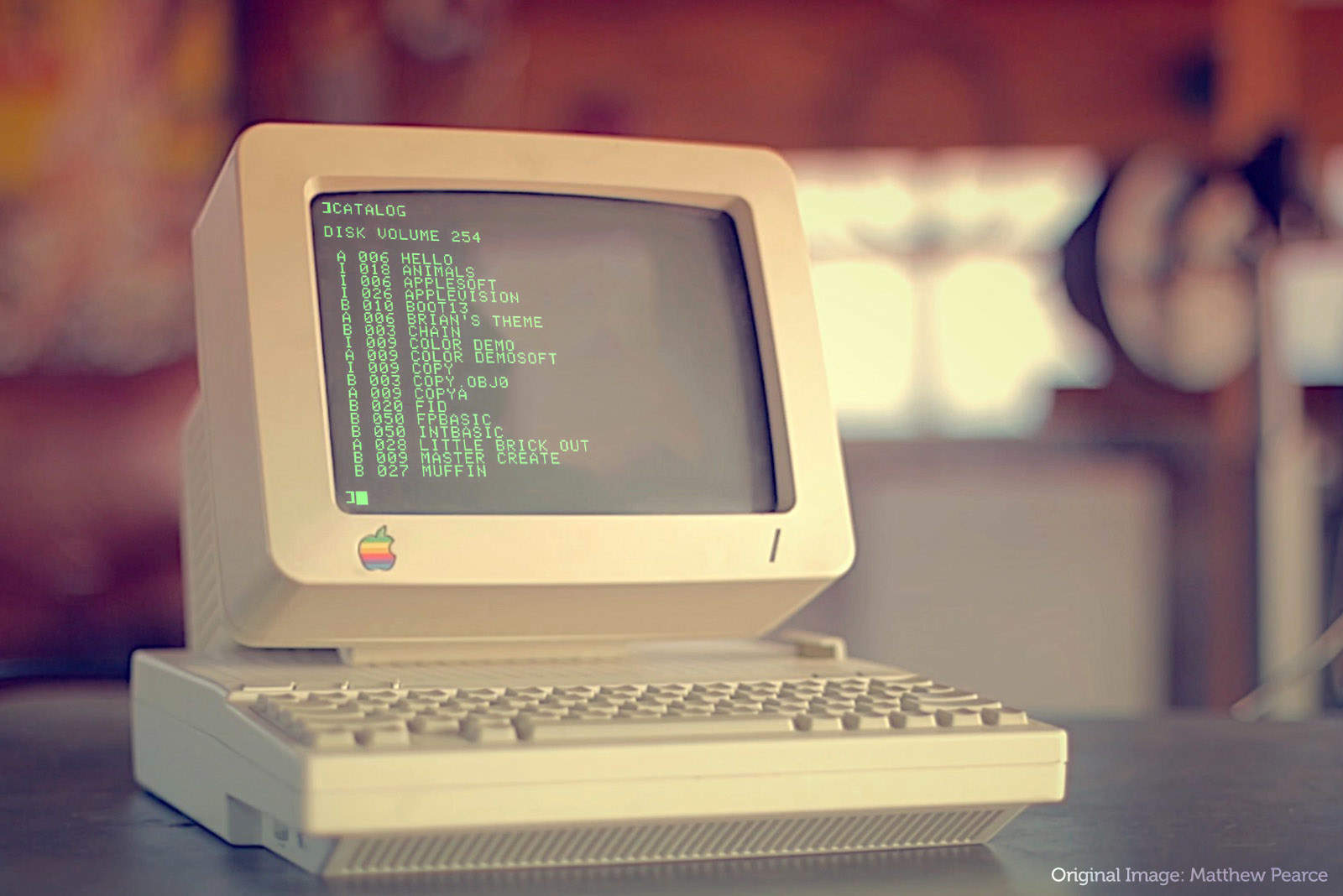
 July 20, 1978: Apple DOS makes its debut on the Apple II, giving Apple its first official operating system.
July 20, 1978: Apple DOS makes its debut on the Apple II, giving Apple its first official operating system.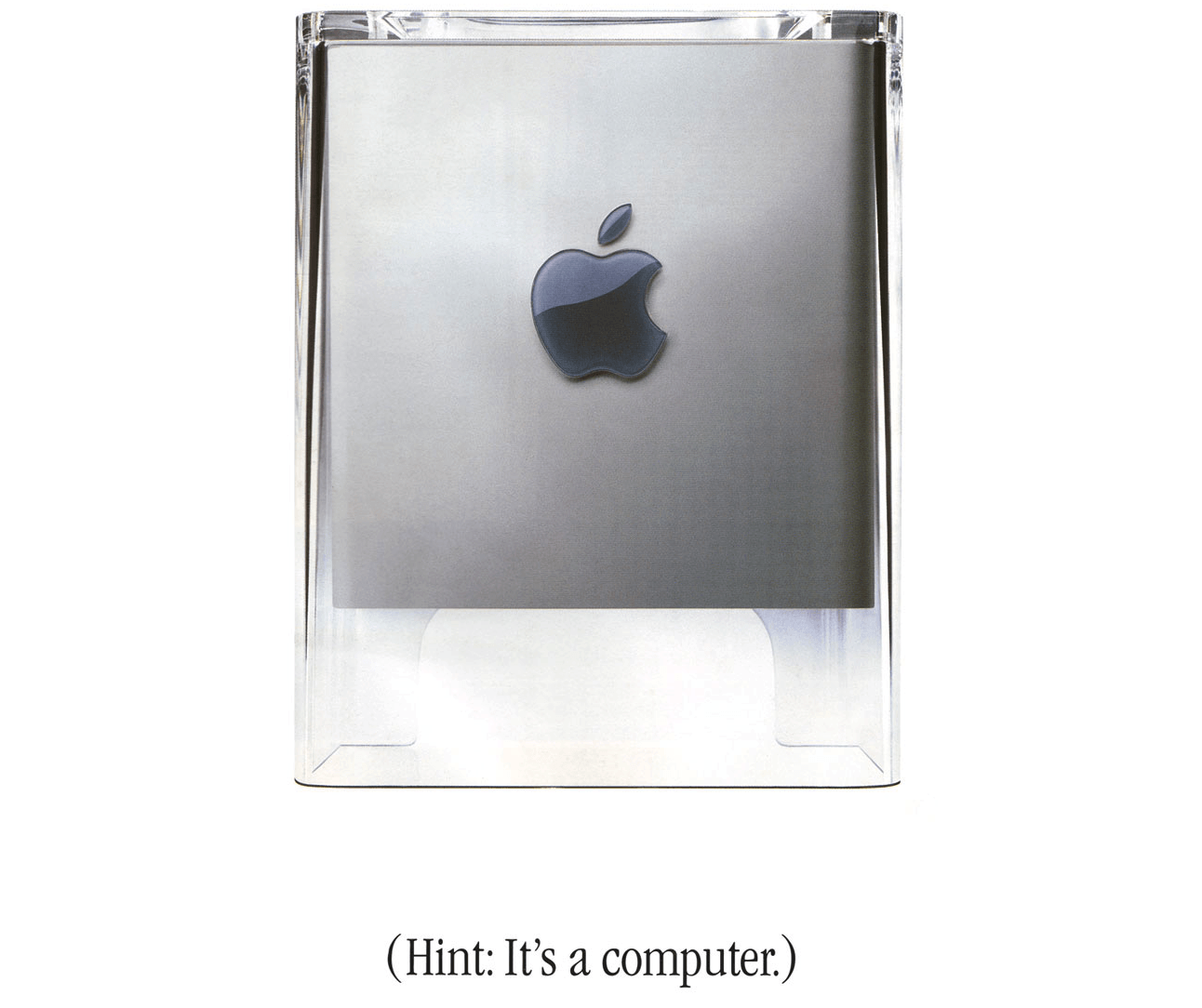
 July 19, 2000: Apple launches its futuristic-looking Power Mac G4 Cube. The clear computer is one of the company’s most jaw-droppingly gorgeous machines, but ultimately becomes one of its biggest disappointments.
July 19, 2000: Apple launches its futuristic-looking Power Mac G4 Cube. The clear computer is one of the company’s most jaw-droppingly gorgeous machines, but ultimately becomes one of its biggest disappointments.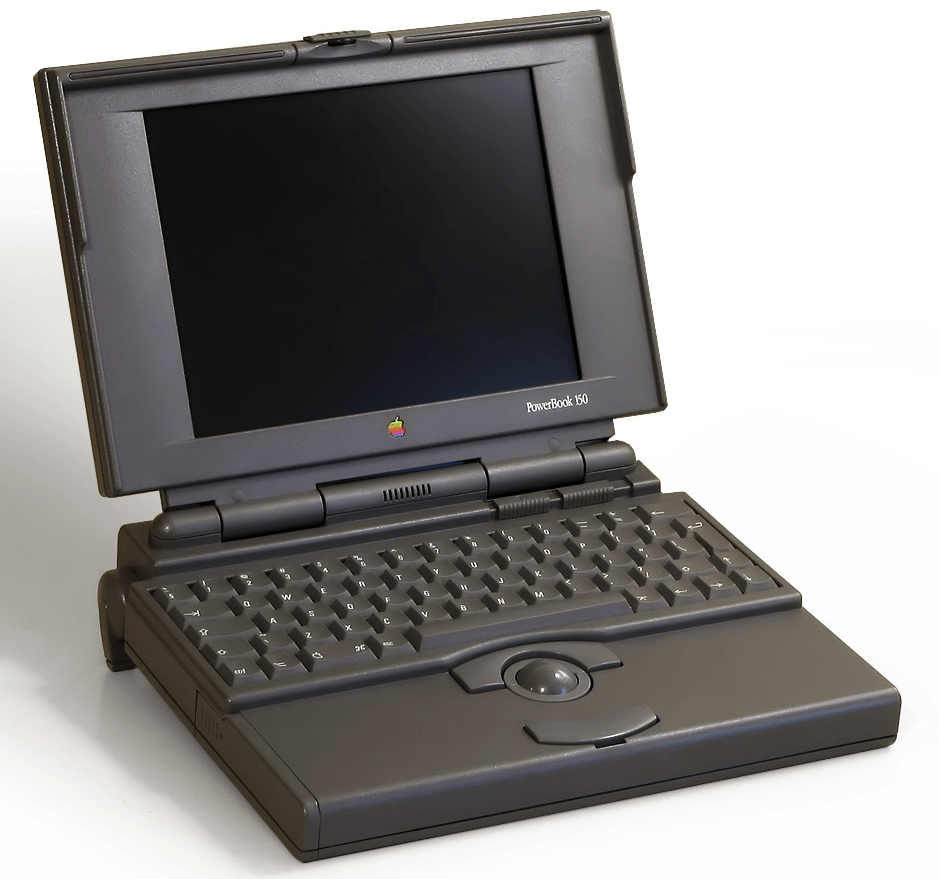
 July 18, 1994: Apple ships its PowerBook 150 laptop, the company’s first truly affordable PowerBook — and the last to feature the original case design, which included a built-in trackball mouse.
July 18, 1994: Apple ships its PowerBook 150 laptop, the company’s first truly affordable PowerBook — and the last to feature the original case design, which included a built-in trackball mouse.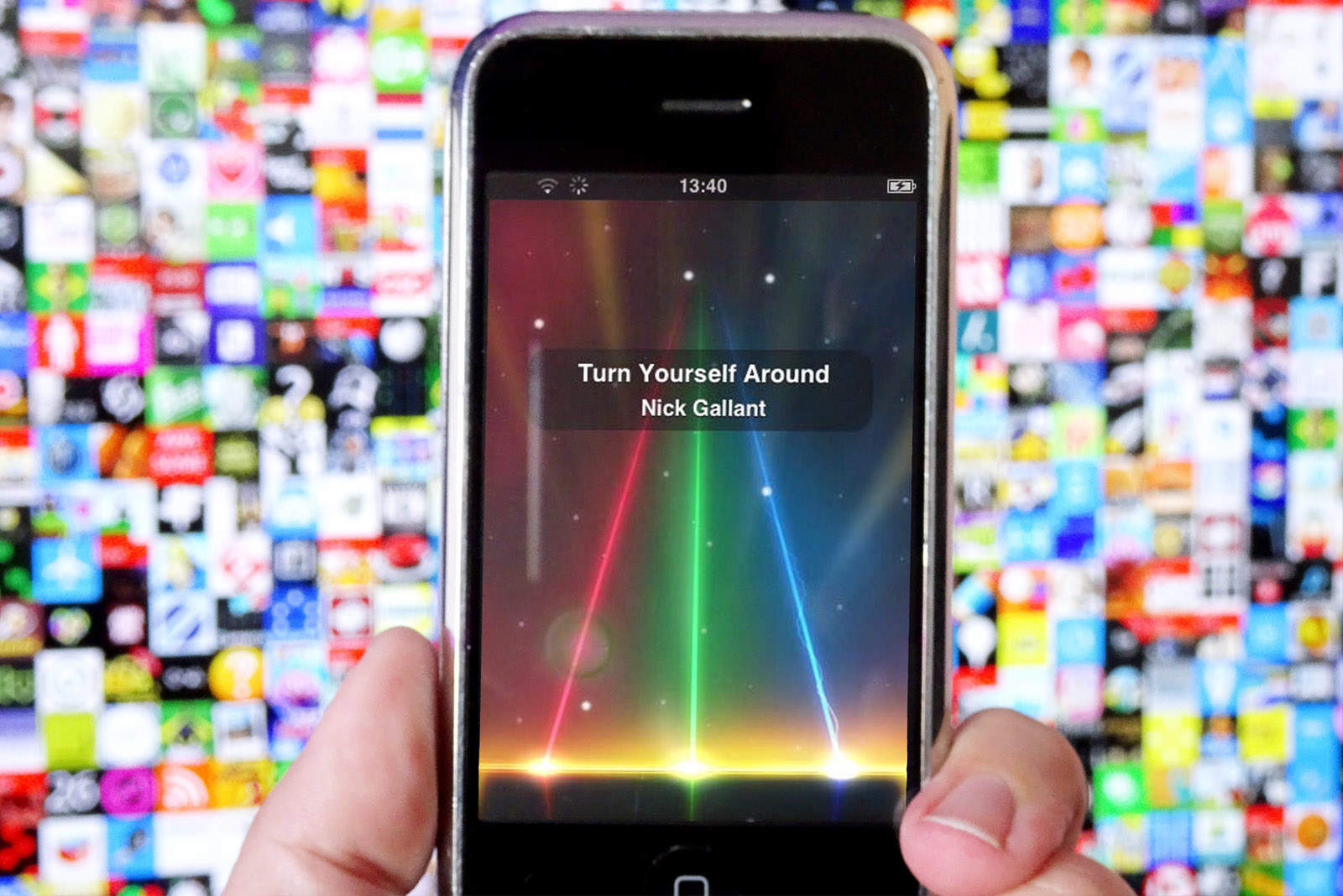
 July 14, 2008: Apple crows that its newly opened App Store hit a massive 10 million downloads in its first 72 hours.
July 14, 2008: Apple crows that its newly opened App Store hit a massive 10 million downloads in its first 72 hours.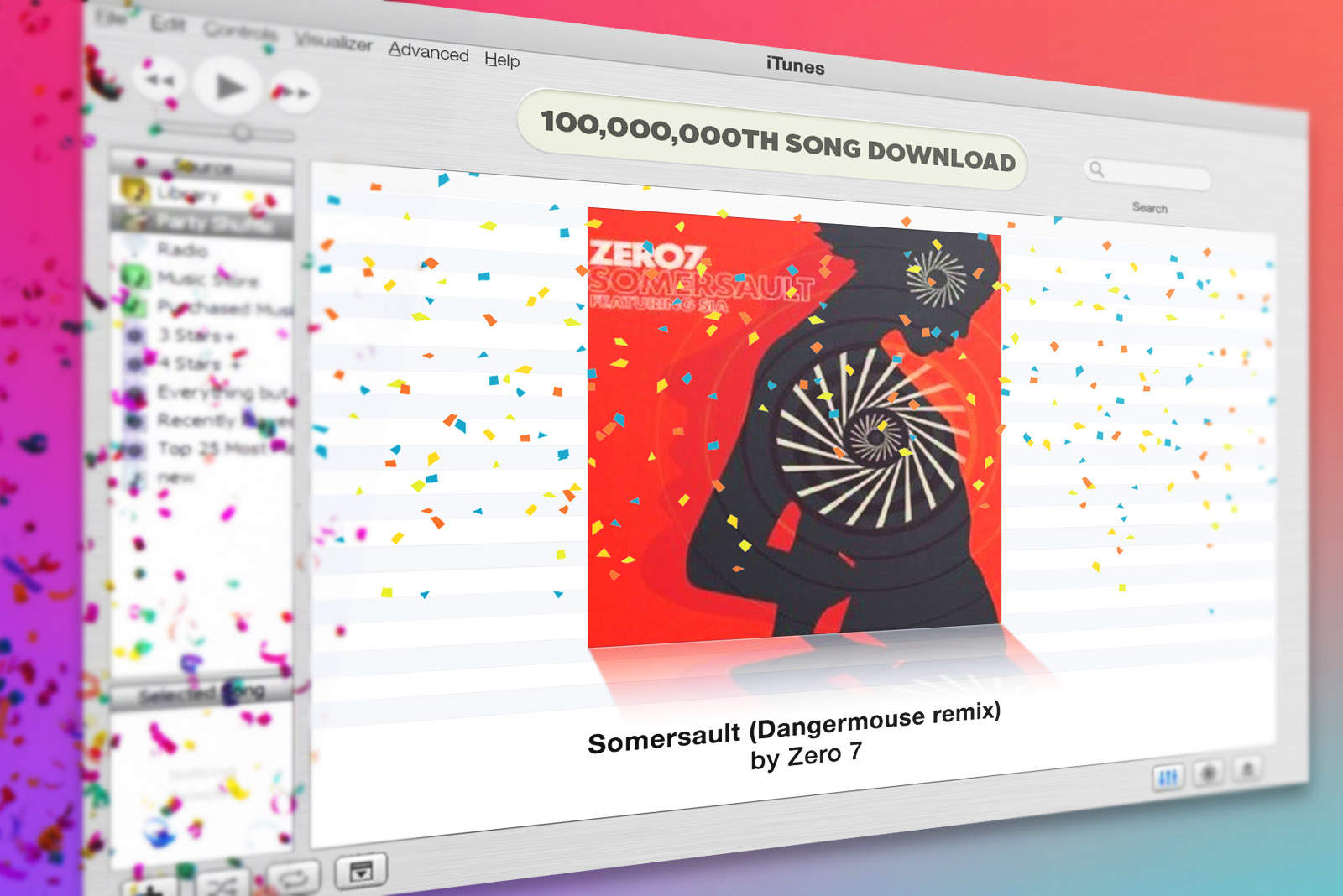
 July 12, 2004: Apple boasts that the iTunes Music Store has sold its 100,000,000th song, and marks the occasion with a generous gift for the lucky downloader.
July 12, 2004: Apple boasts that the iTunes Music Store has sold its 100,000,000th song, and marks the occasion with a generous gift for the lucky downloader.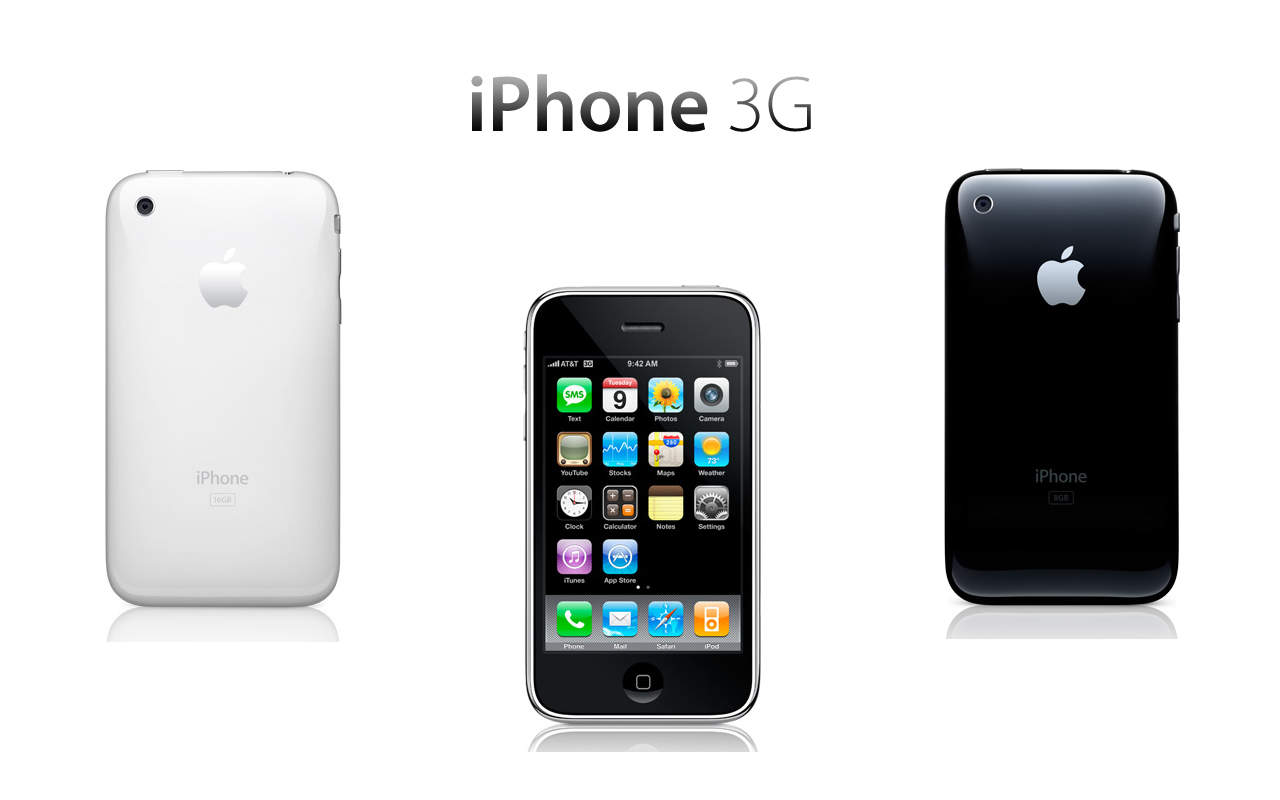
 July 11, 2008: The iPhone 3G goes on sale, becoming the first Apple product in history to sell more than 1 million units in its first weekend.
July 11, 2008: The iPhone 3G goes on sale, becoming the first Apple product in history to sell more than 1 million units in its first weekend.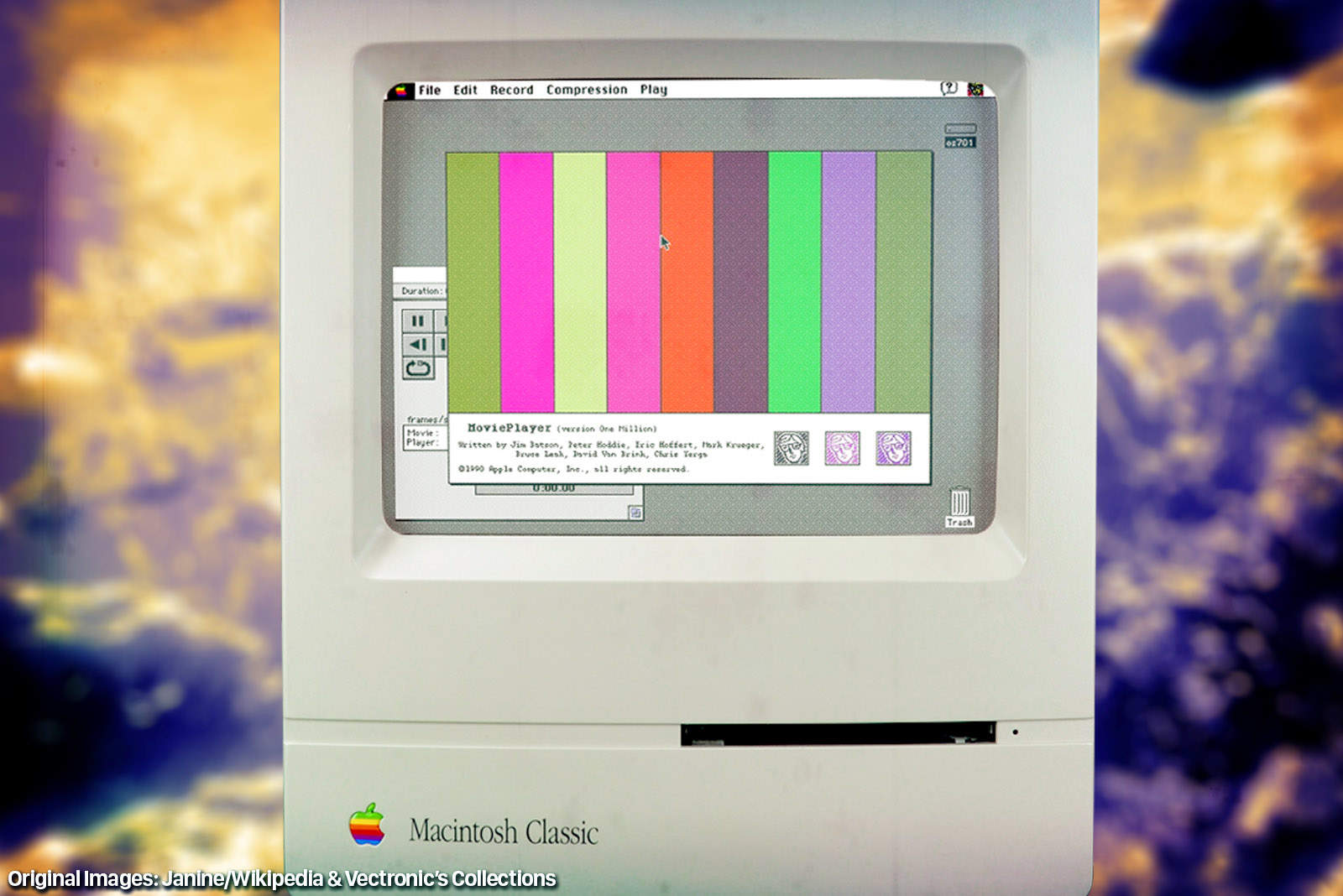
 July 8, 1991: The first beta version of QuickTime arrives, making it possible for people to play movies on their Macs for the first time, with no extra hardware needed.
July 8, 1991: The first beta version of QuickTime arrives, making it possible for people to play movies on their Macs for the first time, with no extra hardware needed.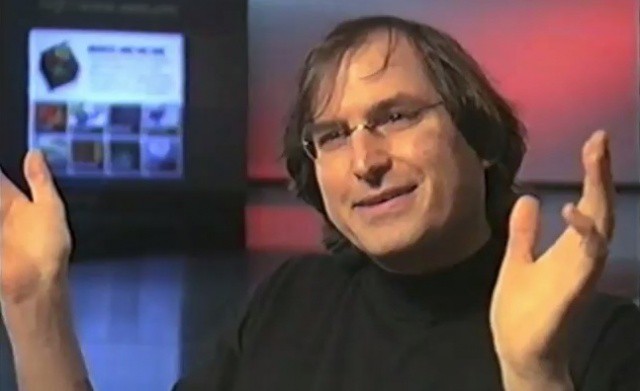
 July 7, 1997: Apple CEO Gil Amelio officially steps down from his role, turning the company over to the returning Steve Jobs, who immediately begins making his presence felt.
July 7, 1997: Apple CEO Gil Amelio officially steps down from his role, turning the company over to the returning Steve Jobs, who immediately begins making his presence felt.
 July 6, 2011: Amazon wins a landmark verdict against Apple over its proprietary use of the term “App Store” — opening up the possibility of other rival services calling their own app stores by the phrase Apple had helped popularize.
July 6, 2011: Amazon wins a landmark verdict against Apple over its proprietary use of the term “App Store” — opening up the possibility of other rival services calling their own app stores by the phrase Apple had helped popularize.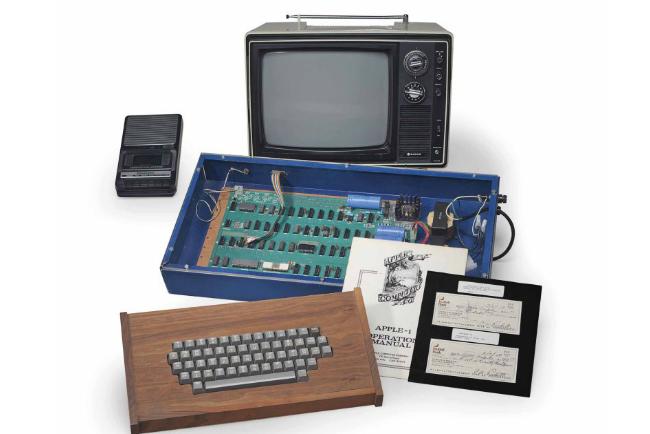
 July 1, 1976: The Apple 1 goes on sale, becoming the first computer ever sold by the Apple Computer Company.
July 1, 1976: The Apple 1 goes on sale, becoming the first computer ever sold by the Apple Computer Company.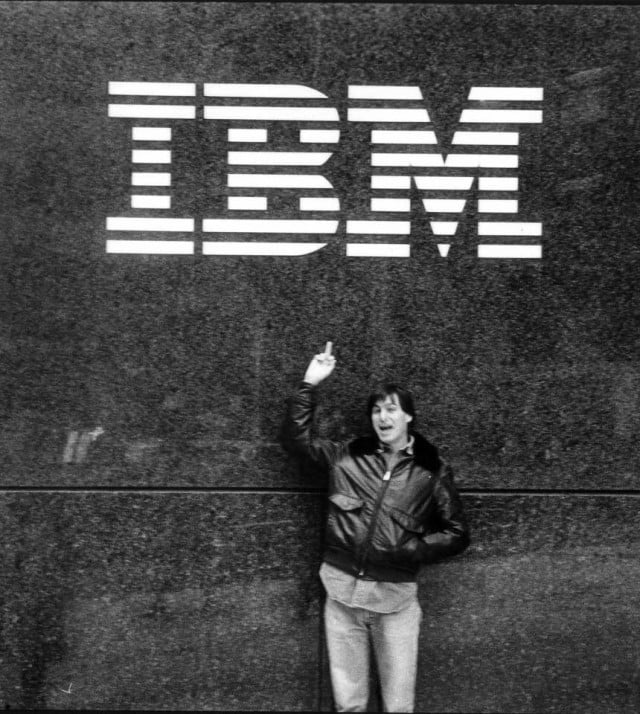
 Given its position as the company’s
Given its position as the company’s 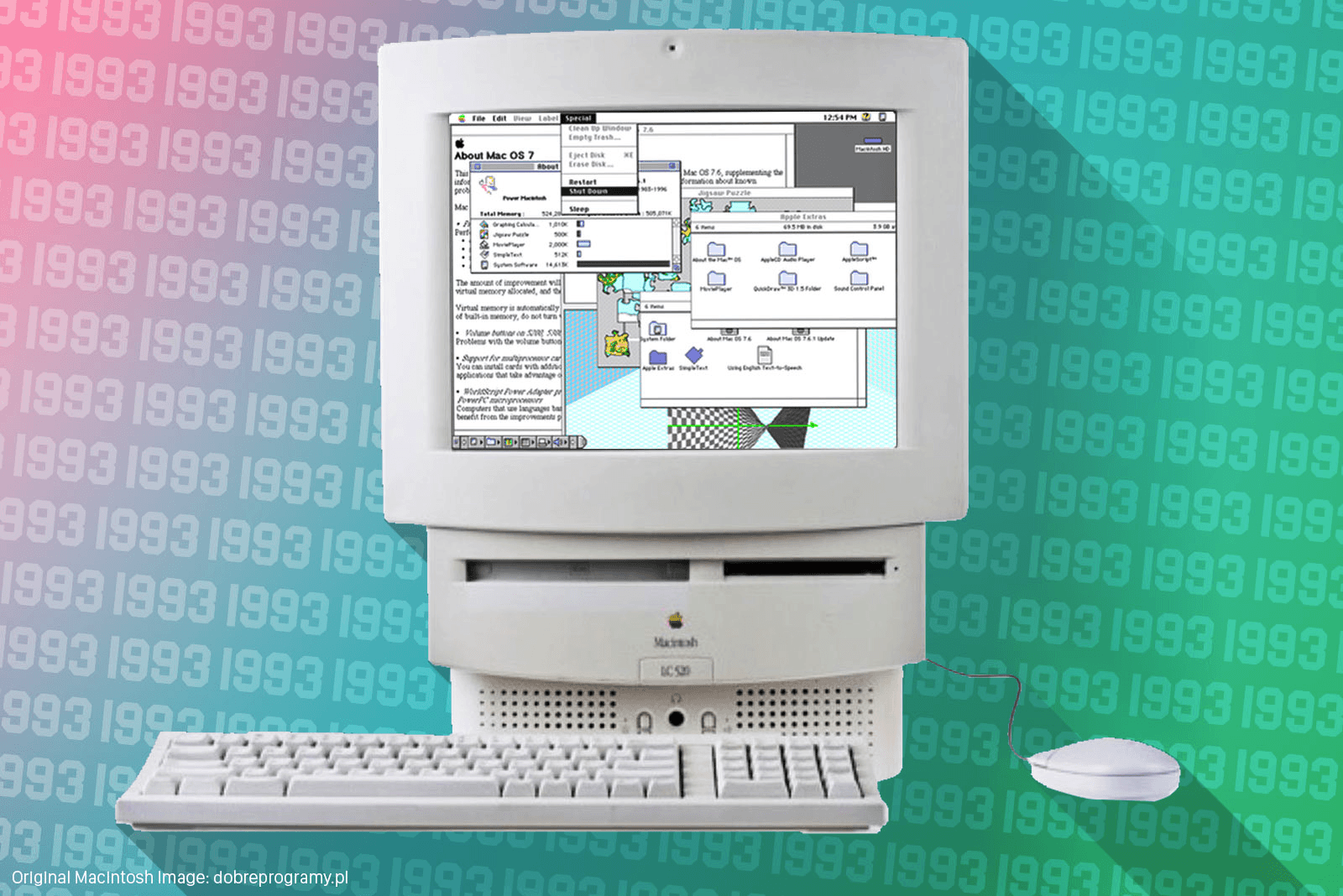
 Arriving on this day in 1993, the Macintosh LC 520 was among the first of Apple’s LC 500 series of medium-price Macs.
Arriving on this day in 1993, the Macintosh LC 520 was among the first of Apple’s LC 500 series of medium-price Macs.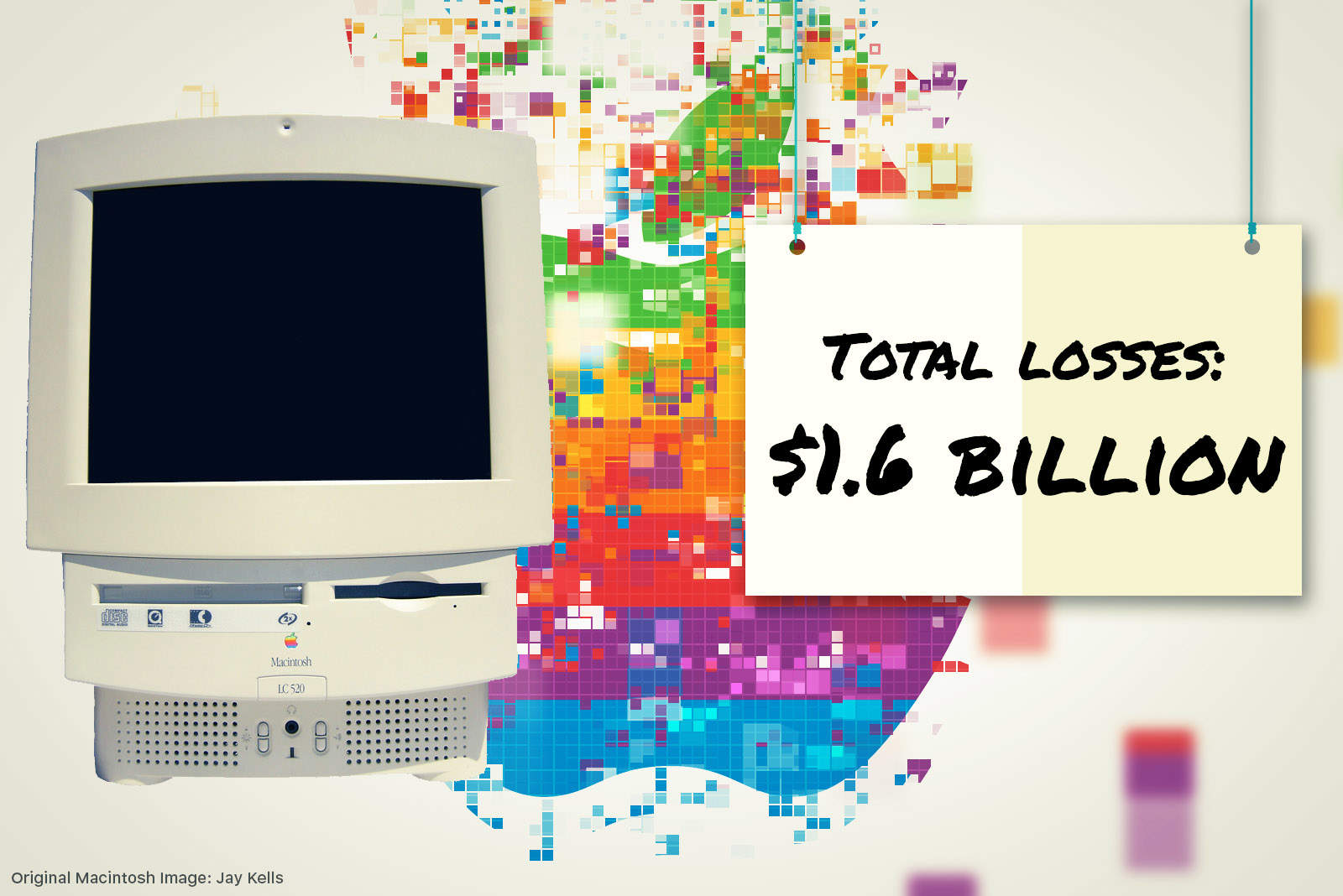
 27 June 1997 marked the last day in the worst financial quarter in Apple history, in which Apple lost $56 million — effectively bringing an end to then-CEO Gil Amelio’s 500 days running the company.
27 June 1997 marked the last day in the worst financial quarter in Apple history, in which Apple lost $56 million — effectively bringing an end to then-CEO Gil Amelio’s 500 days running the company.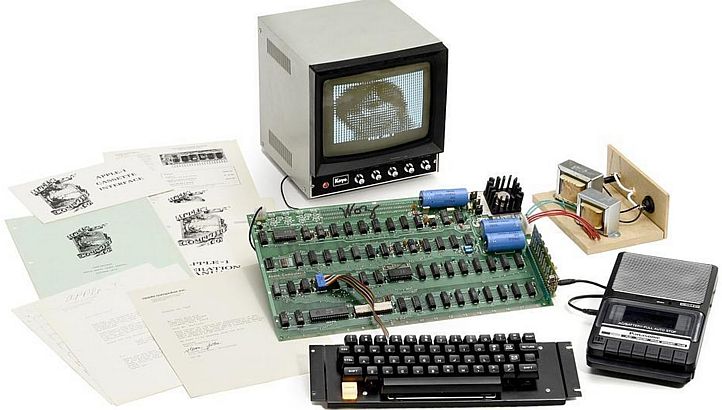
 On June 24, 2013, an Apple I — the first ever computer built by Apple Computer, Inc. — was listed for auction by international auction house Christie’s.
On June 24, 2013, an Apple I — the first ever computer built by Apple Computer, Inc. — was listed for auction by international auction house Christie’s.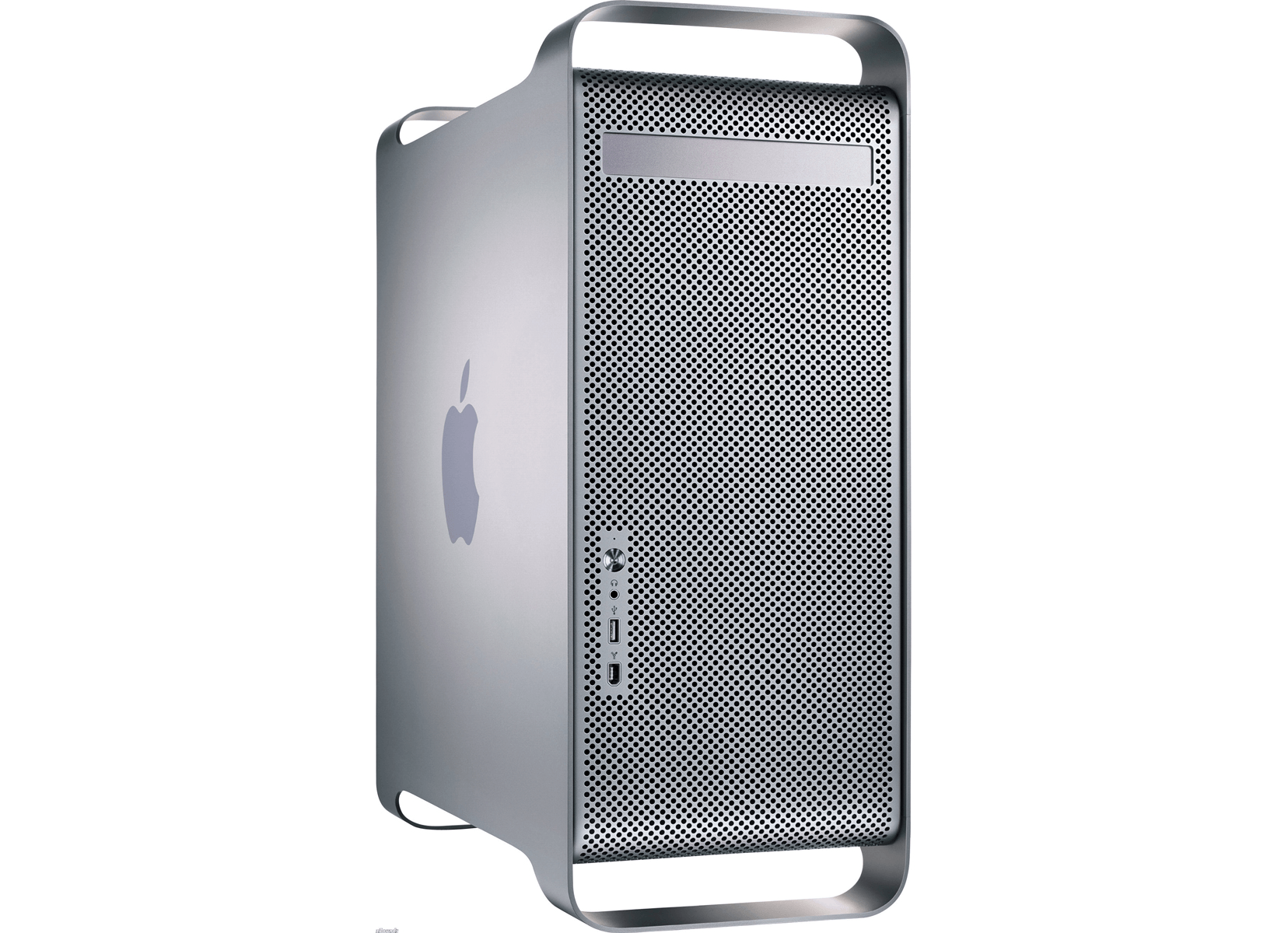
 Sometimes affectionately called the “cheese grater,” the original Power Mac G5 first went on sale on June 23, 2003 — offering what was then Apple’s fastest-ever machine and the world’s first 64-bit personal computer.
Sometimes affectionately called the “cheese grater,” the original Power Mac G5 first went on sale on June 23, 2003 — offering what was then Apple’s fastest-ever machine and the world’s first 64-bit personal computer.
 On June 22, 2015, Apple backed down following a brief standoff with Taylor Swift over royalty payments from the soon-to-launch Apple Music service. The company reversed a policy that would have denied royalties to artists during the streaming music platform’s initial three months of operation.
On June 22, 2015, Apple backed down following a brief standoff with Taylor Swift over royalty payments from the soon-to-launch Apple Music service. The company reversed a policy that would have denied royalties to artists during the streaming music platform’s initial three months of operation.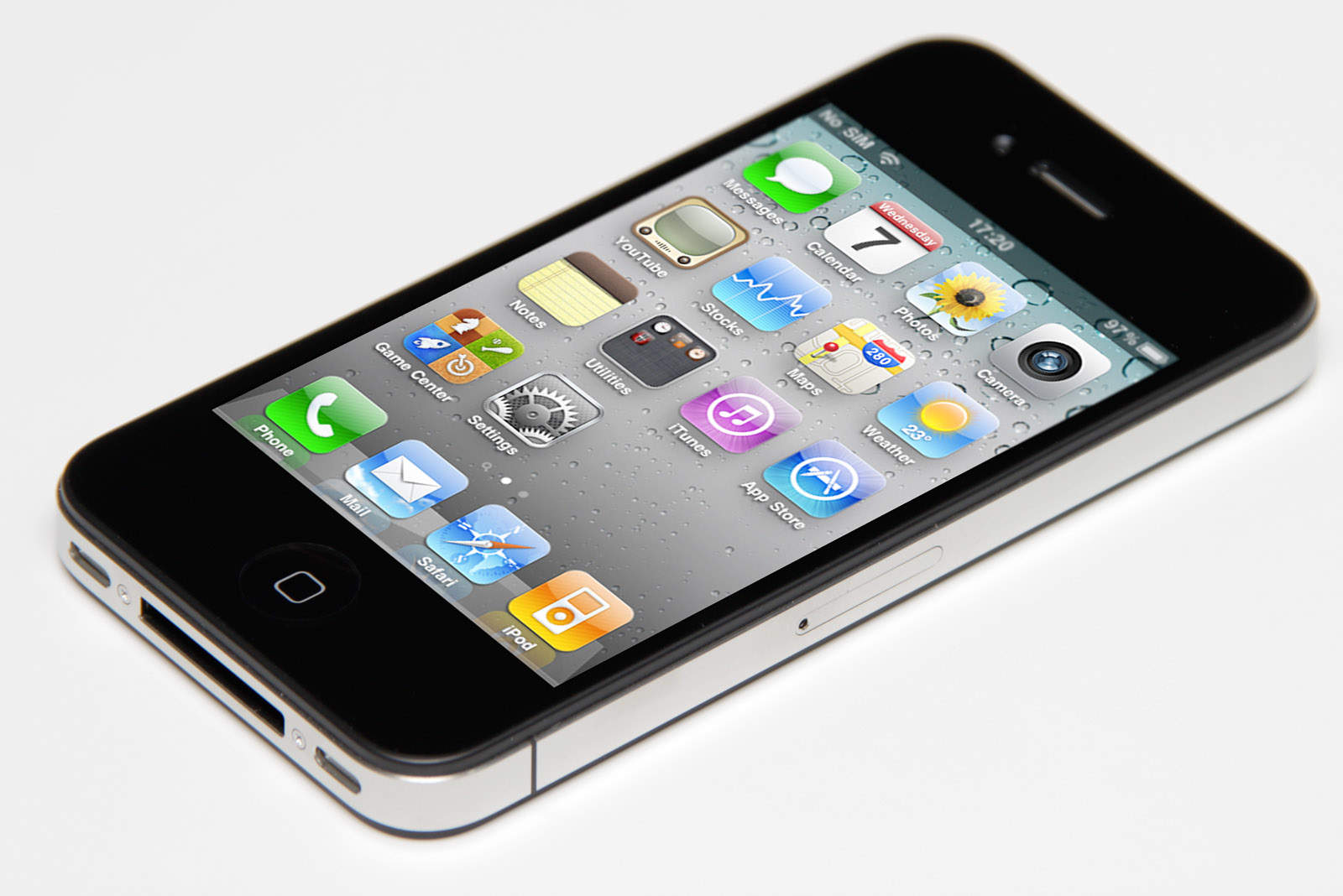
 iOS 4 was not only the last version of Apple’s mobile operating system released during Steve Jobs’ life, it was also a significant step up in terms of the software’s productivity features.
iOS 4 was not only the last version of Apple’s mobile operating system released during Steve Jobs’ life, it was also a significant step up in terms of the software’s productivity features.
 On June 20, 1994, Apple launched its short-lived eWorld service. Why is eWorld so significant? Because it represented Apple’s first deep dive into being a provider of internet services — several years before Steve Jobs returned to the company and embraced the importance of going online.
On June 20, 1994, Apple launched its short-lived eWorld service. Why is eWorld so significant? Because it represented Apple’s first deep dive into being a provider of internet services — several years before Steve Jobs returned to the company and embraced the importance of going online.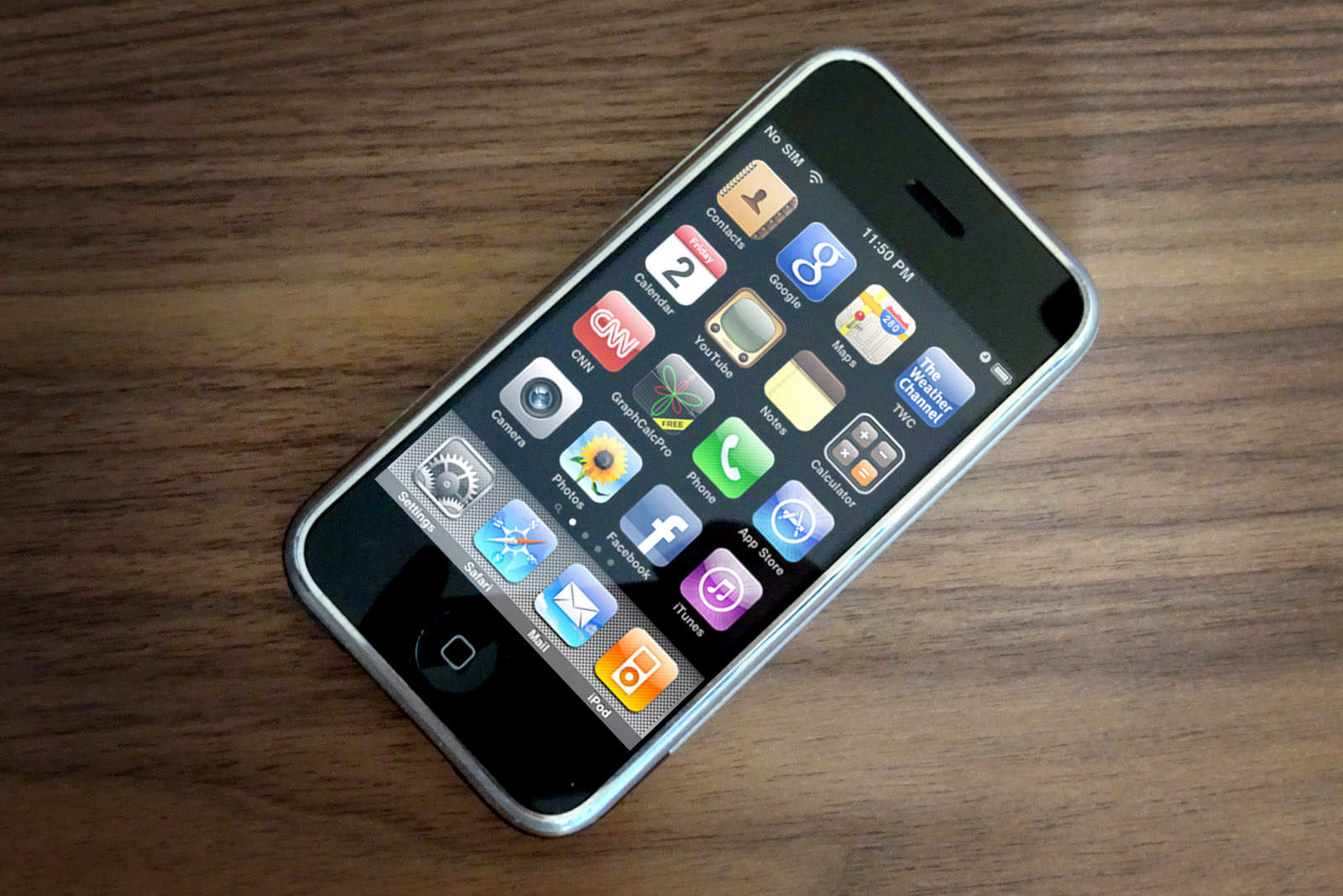
 On June 17, 2009, Apple released iOS 3, the third iteration of its mobile operating system and the last to be given the full name “iPhone OS 3.” Support for the iPad arrived with iOS 3.2, when the name was given its current abbreviation.
On June 17, 2009, Apple released iOS 3, the third iteration of its mobile operating system and the last to be given the full name “iPhone OS 3.” Support for the iPad arrived with iOS 3.2, when the name was given its current abbreviation.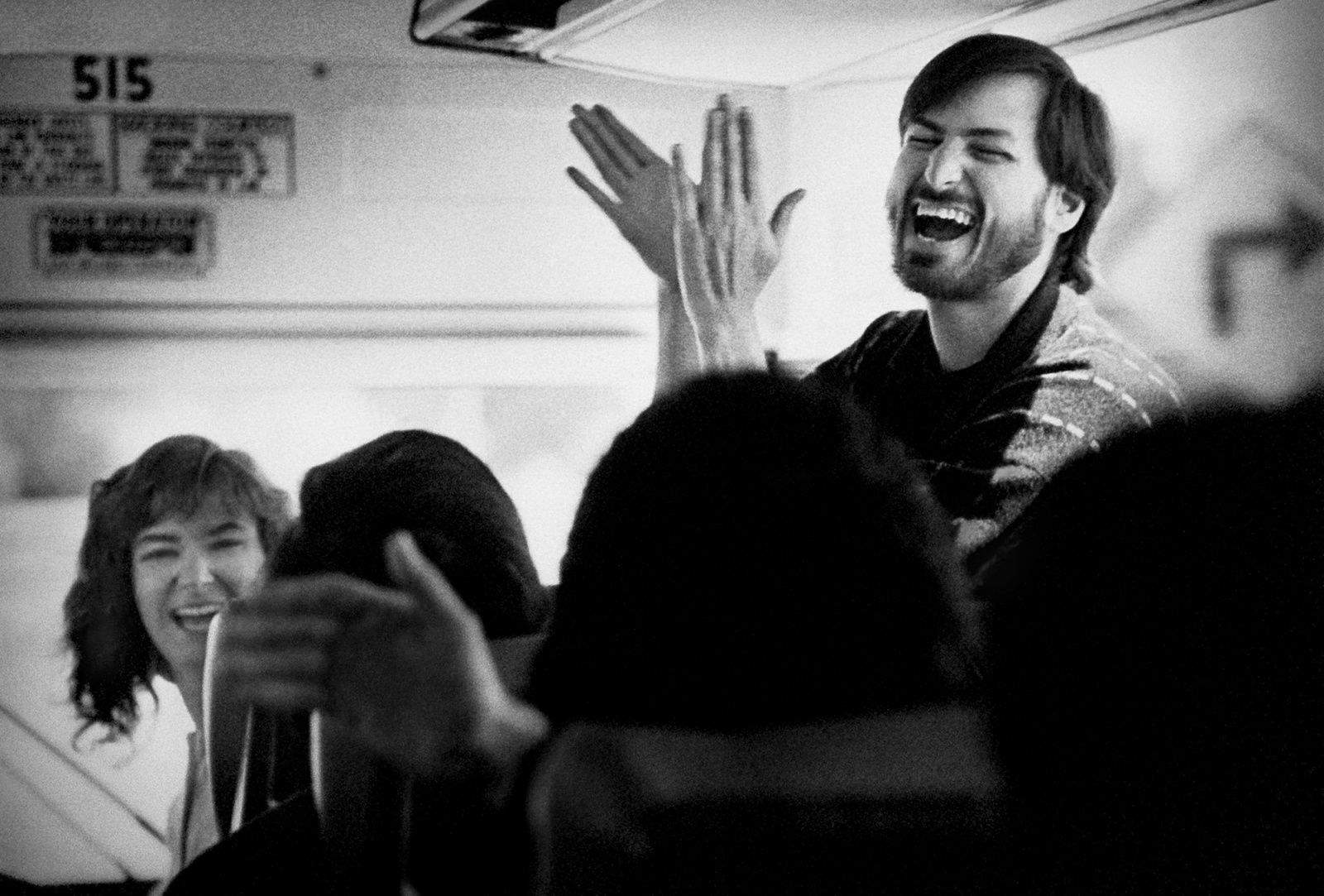
 There was, to put it mildly, a lot that was insanely great about Steve Jobs’ return to Apple. But one thing that always struck me as less than good from an Apple fan’s perspective was that he stopped giving revealing in-depth interviews.
There was, to put it mildly, a lot that was insanely great about Steve Jobs’ return to Apple. But one thing that always struck me as less than good from an Apple fan’s perspective was that he stopped giving revealing in-depth interviews.
 While Apple originally introduced the diminutive Mac mini in 2005, it was on June 15, 2010, that it launched the sleek, unibody aluminum Mac mini redesign that persists to this day.
While Apple originally introduced the diminutive Mac mini in 2005, it was on June 15, 2010, that it launched the sleek, unibody aluminum Mac mini redesign that persists to this day.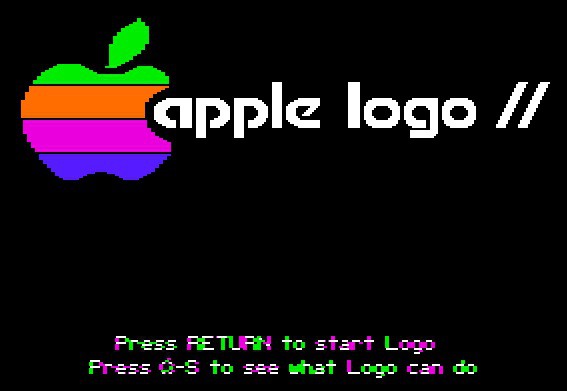
 Under Tim Cook’s leadership, Apple has been upping its focus on teaching kids to program — thanks to events such as its free “
Under Tim Cook’s leadership, Apple has been upping its focus on teaching kids to program — thanks to events such as its free “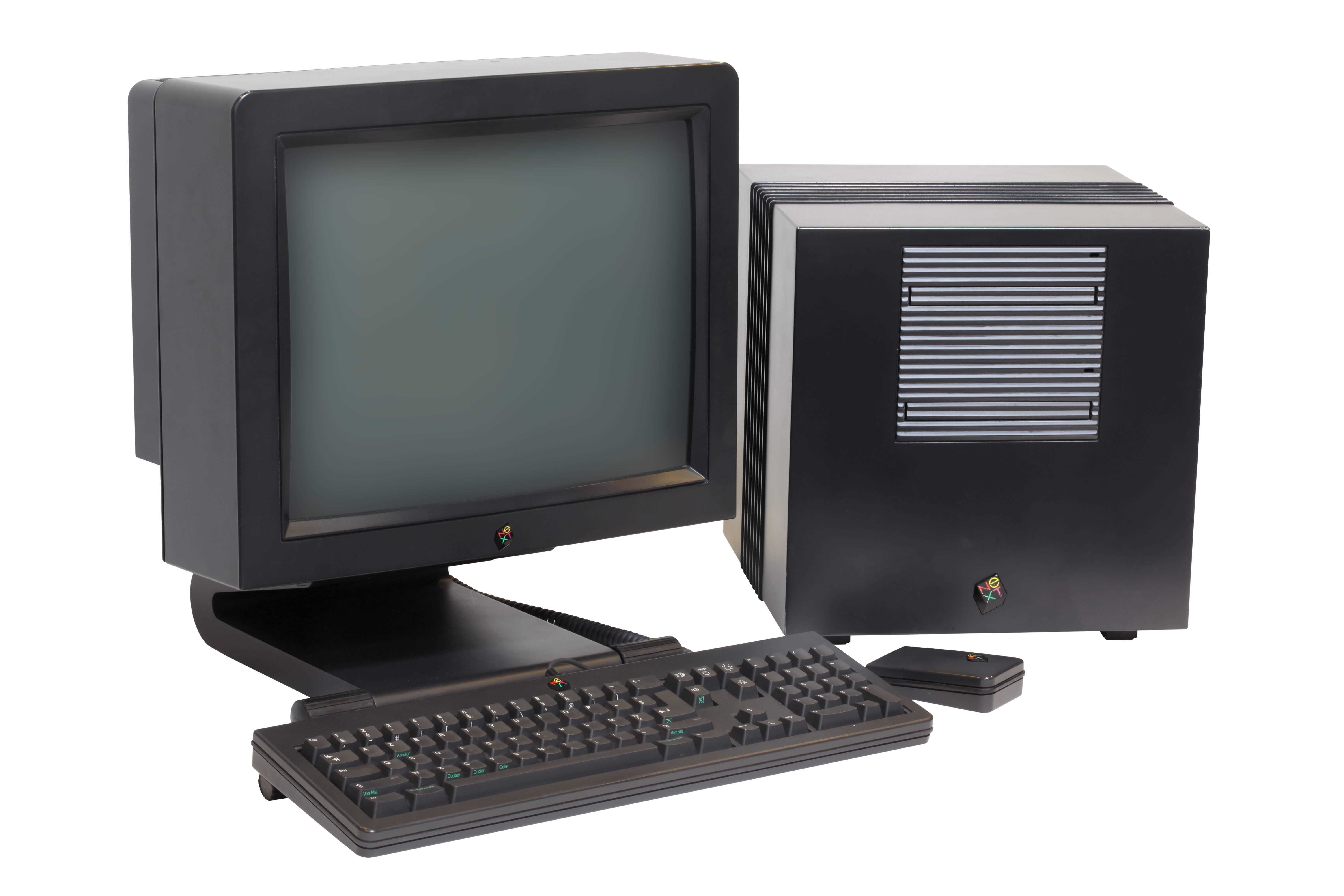
 For many Apple fans who remember Steve Jobs only as the austere, turtleneck-wearing digital emperor he was during his CEO stint at Apple, Jobs’ NeXT years — referring to the company he founded after parting ways with Apple in 1985 — are something of a mystery.
For many Apple fans who remember Steve Jobs only as the austere, turtleneck-wearing digital emperor he was during his CEO stint at Apple, Jobs’ NeXT years — referring to the company he founded after parting ways with Apple in 1985 — are something of a mystery.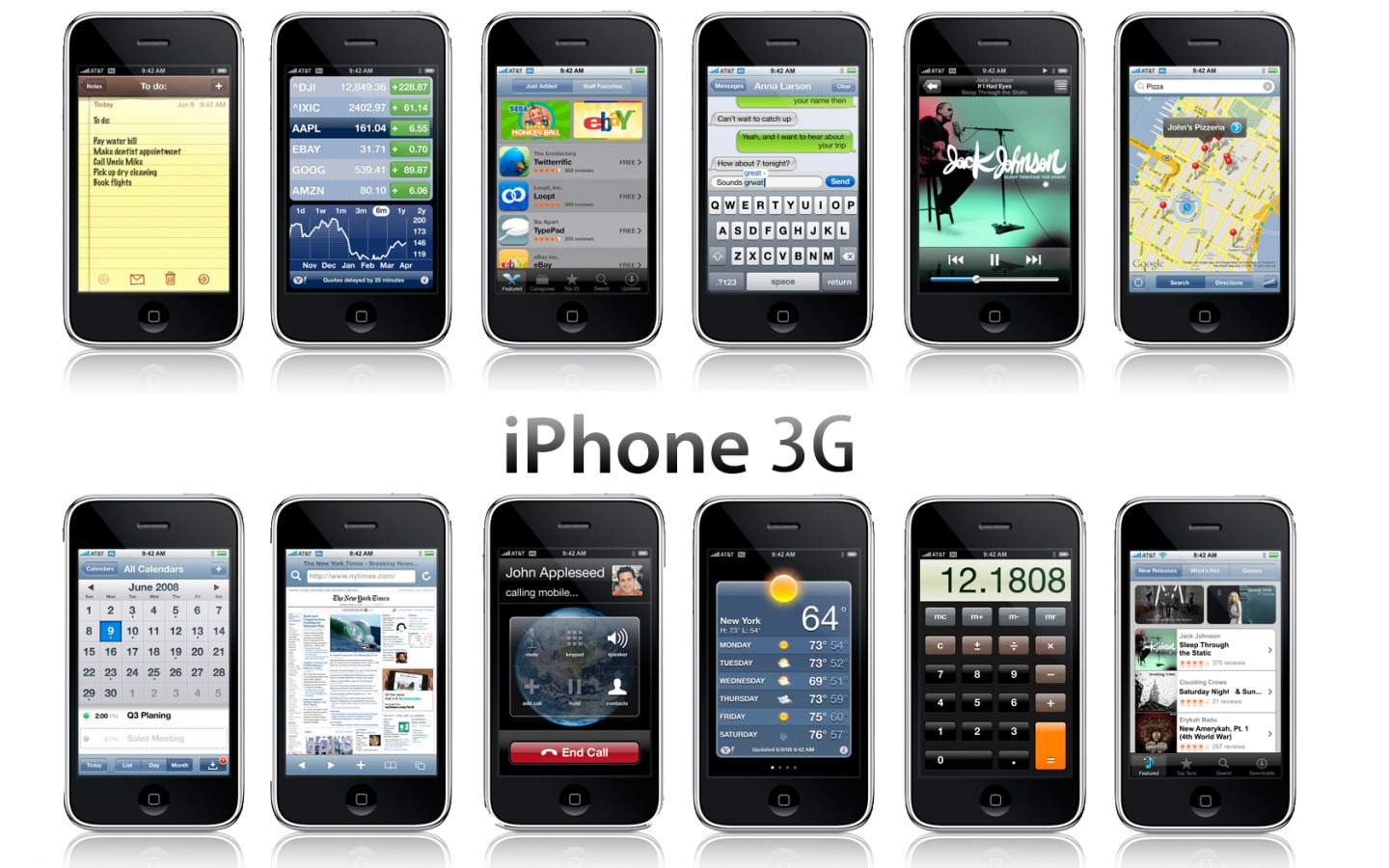
 In the music industry, they talk about the “difficult second album.” Fortunately that didn’t hold true when it came to Apple releasing its highly successful second-gen iPhone, which it unveiled for the first time on June 9, 2008.
In the music industry, they talk about the “difficult second album.” Fortunately that didn’t hold true when it came to Apple releasing its highly successful second-gen iPhone, which it unveiled for the first time on June 9, 2008.